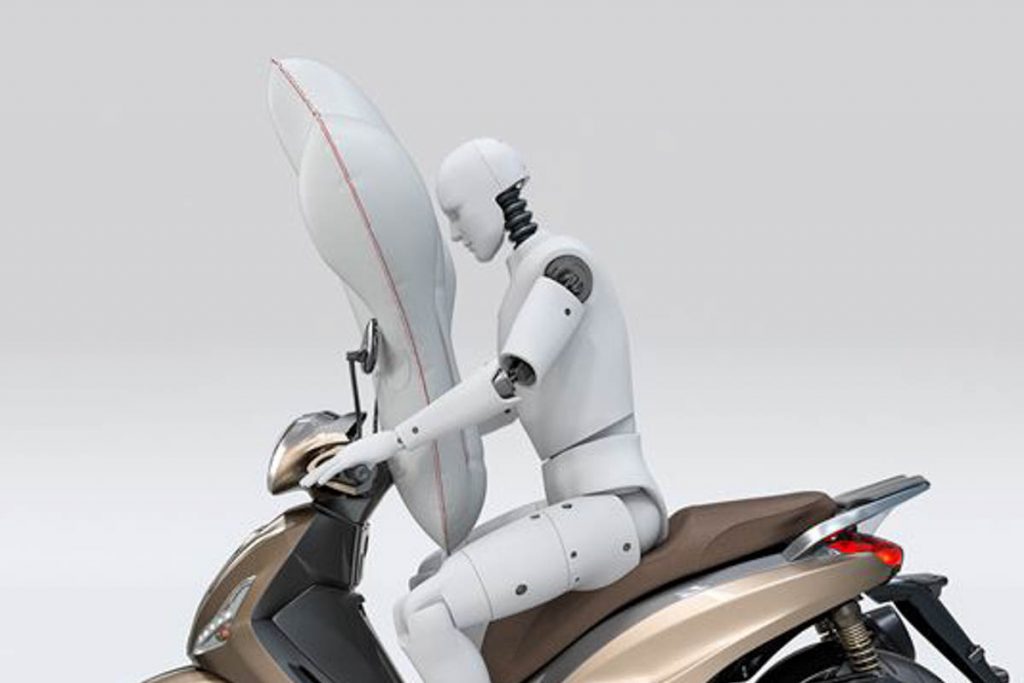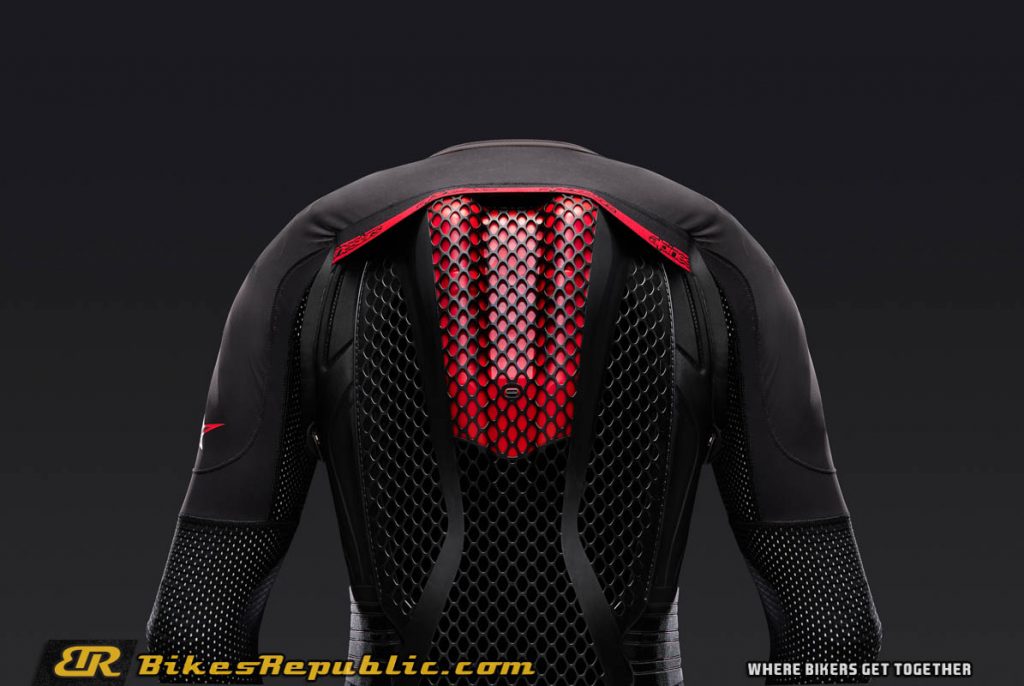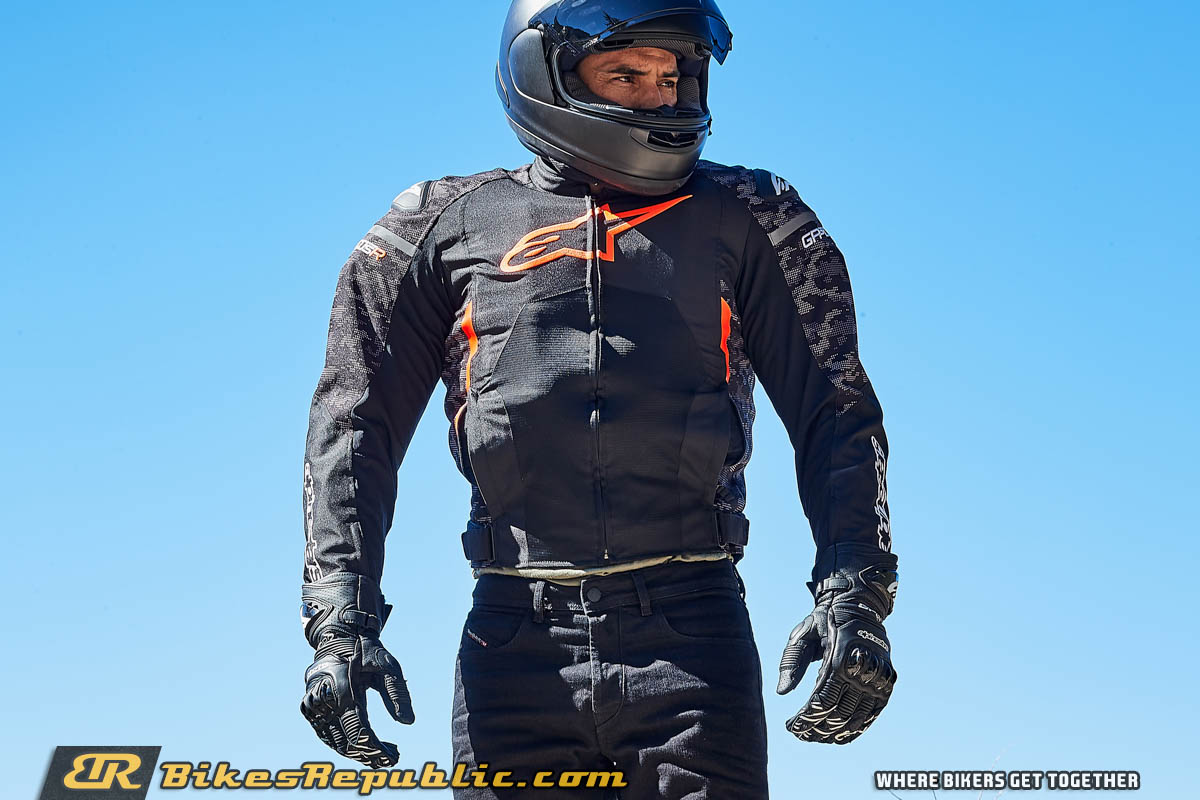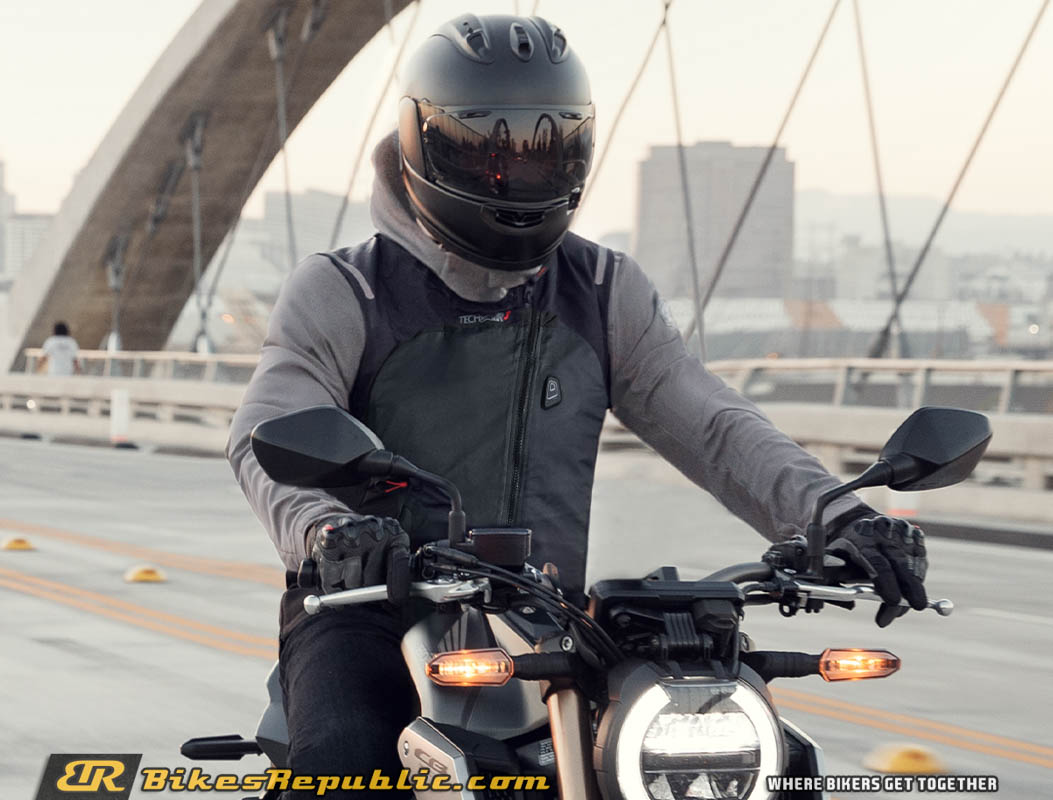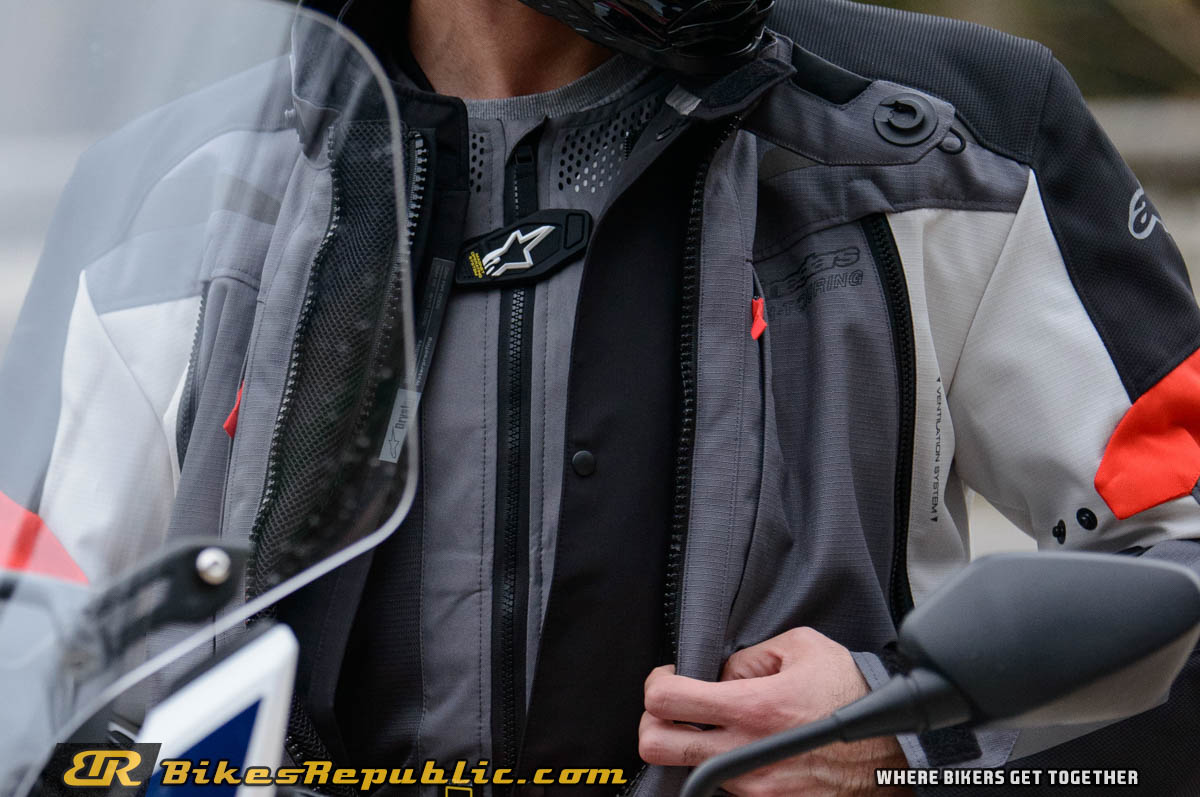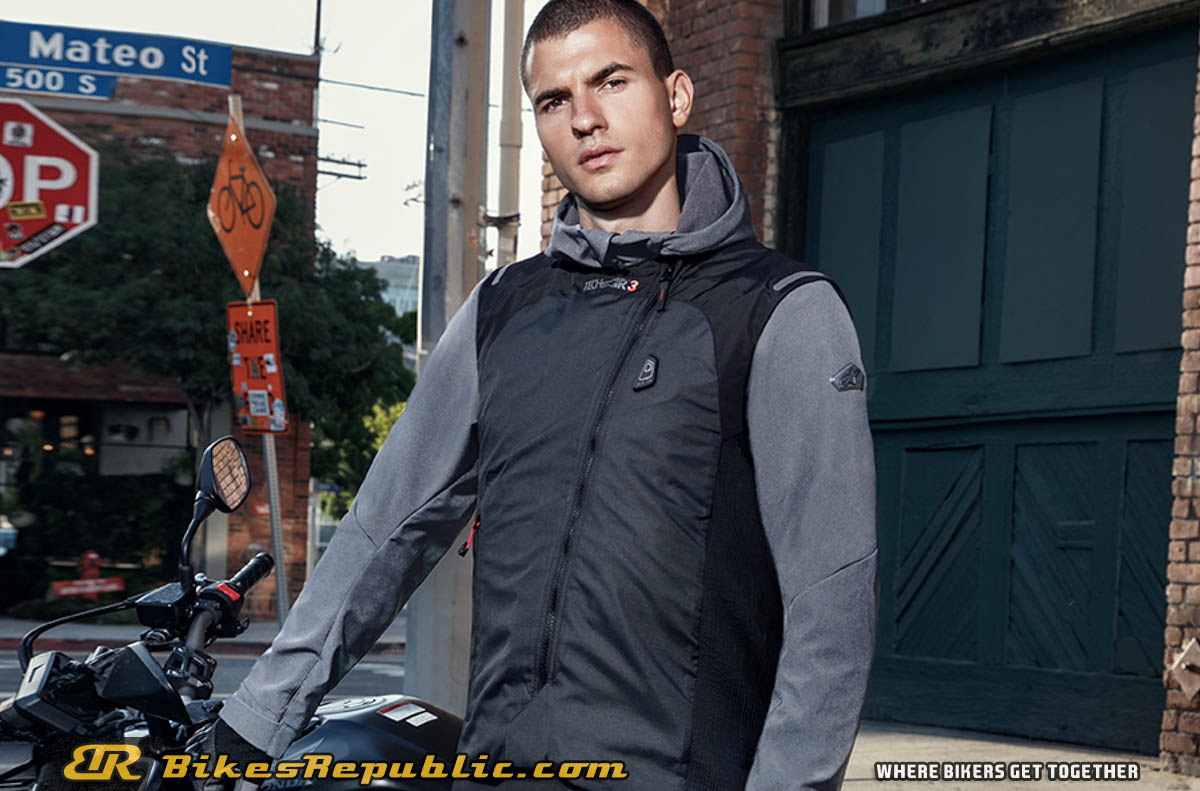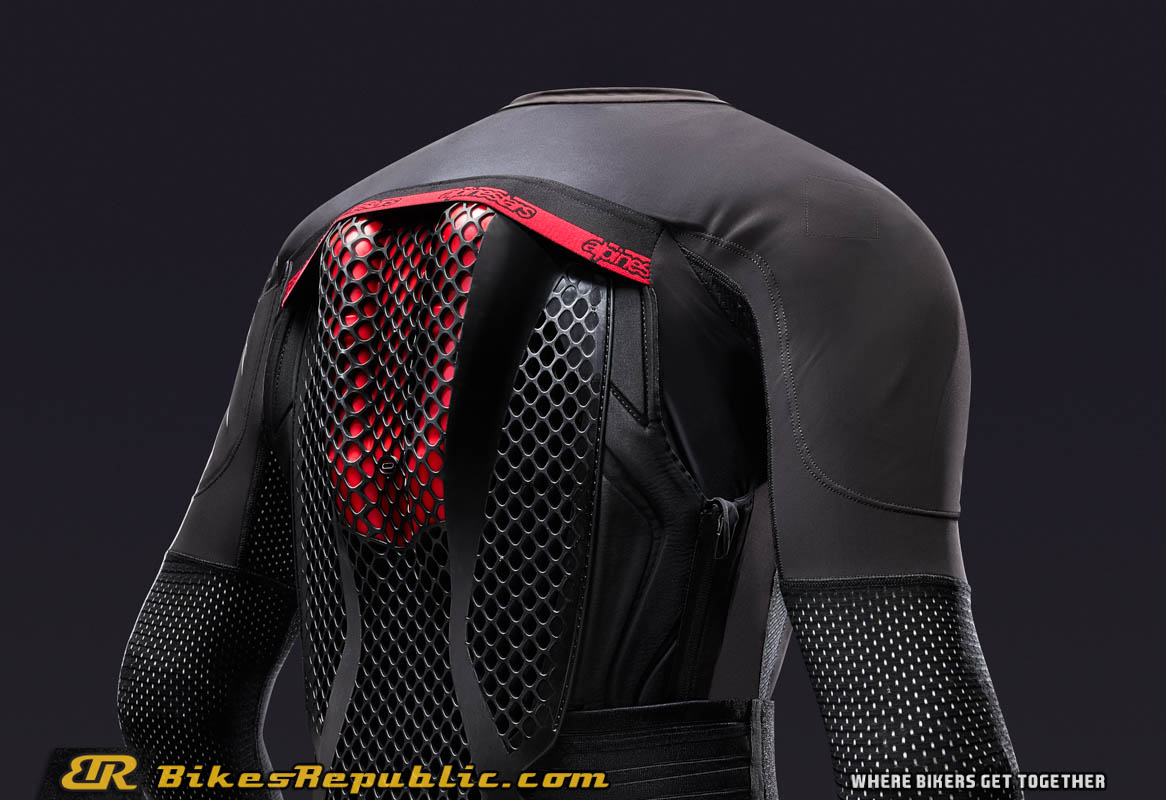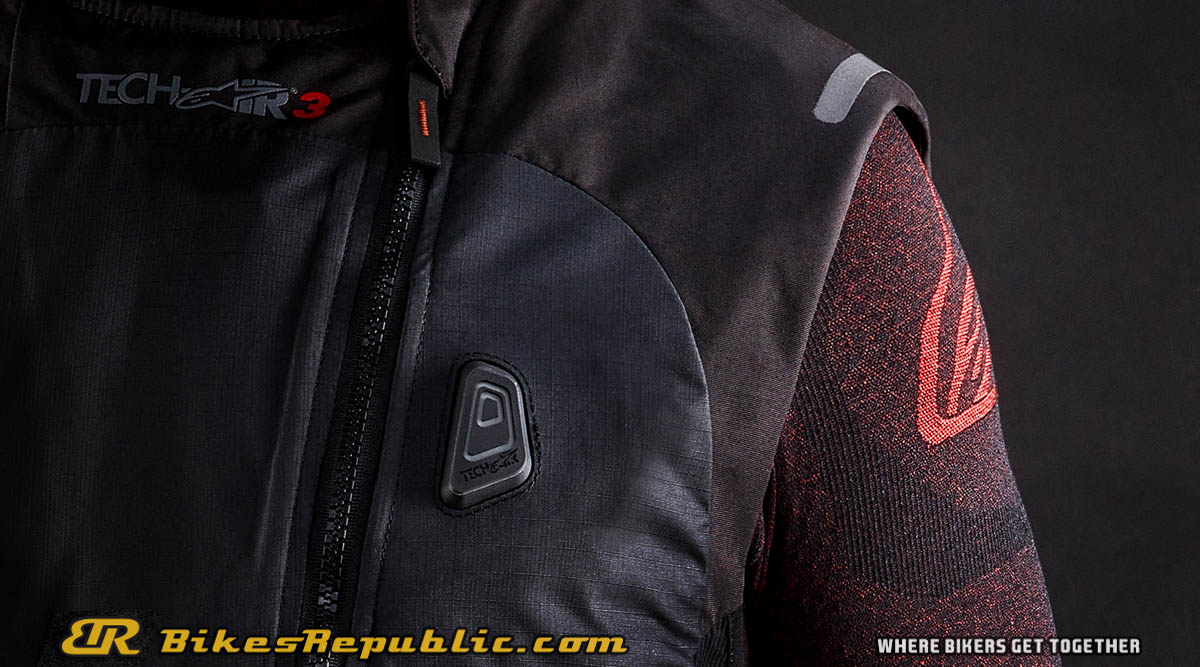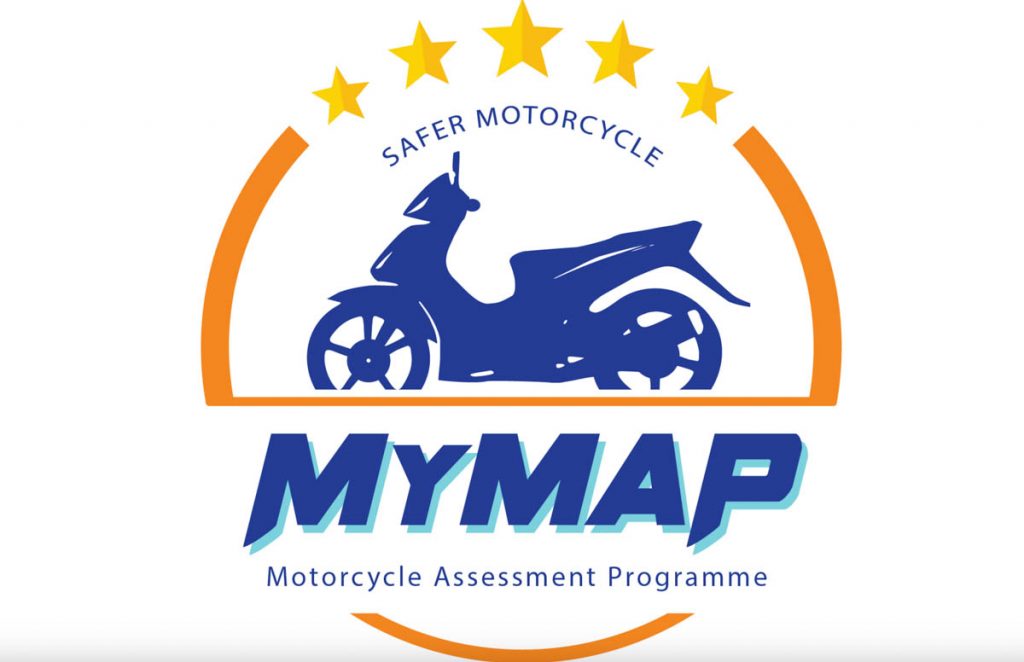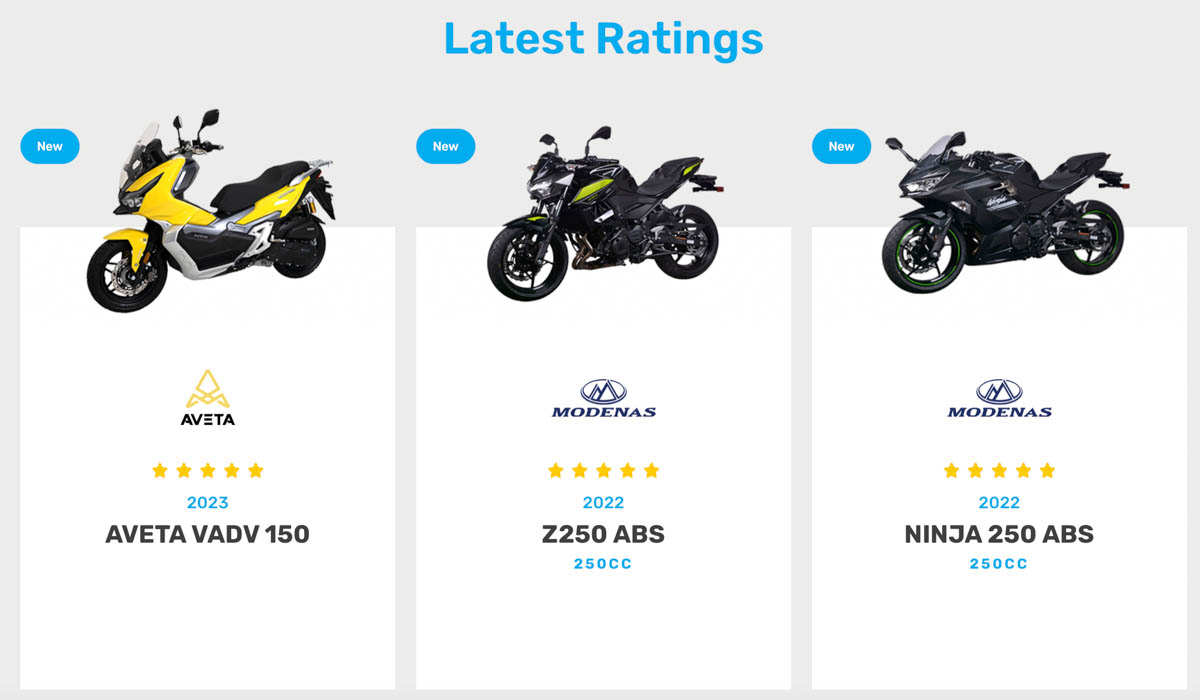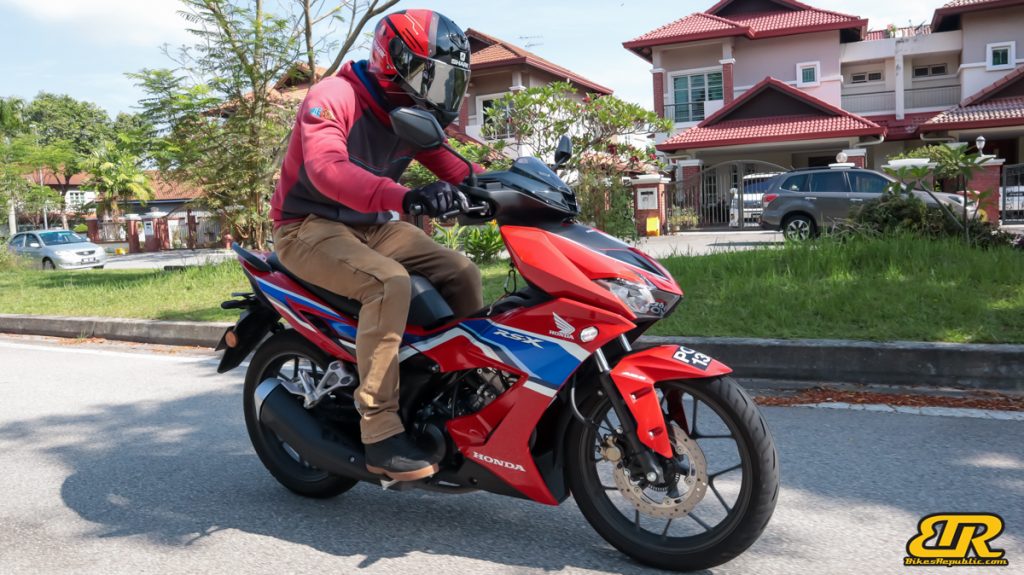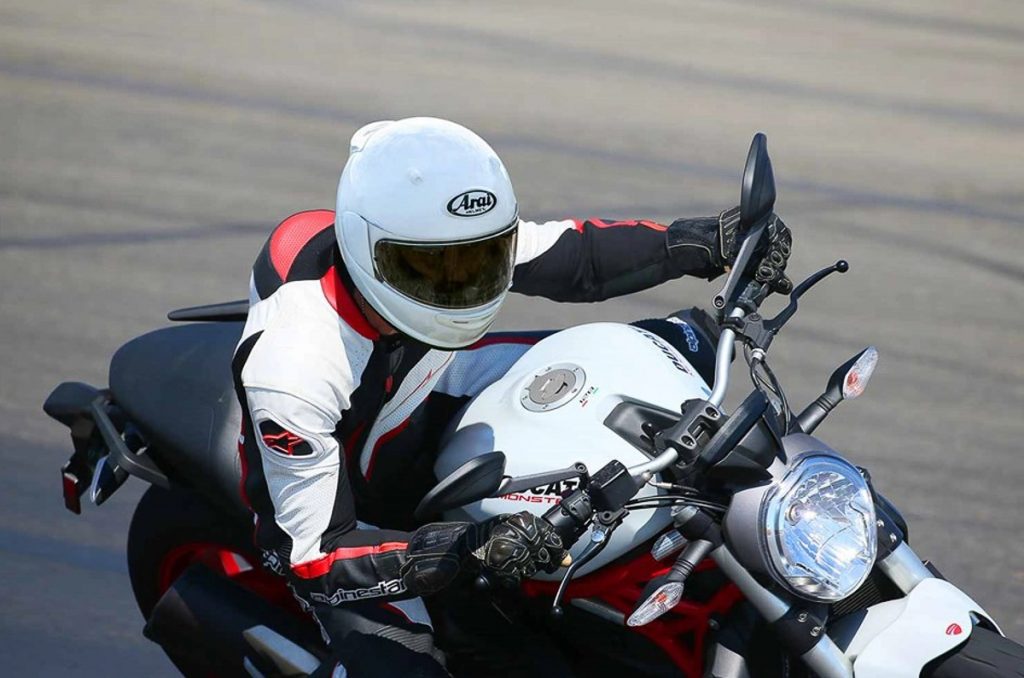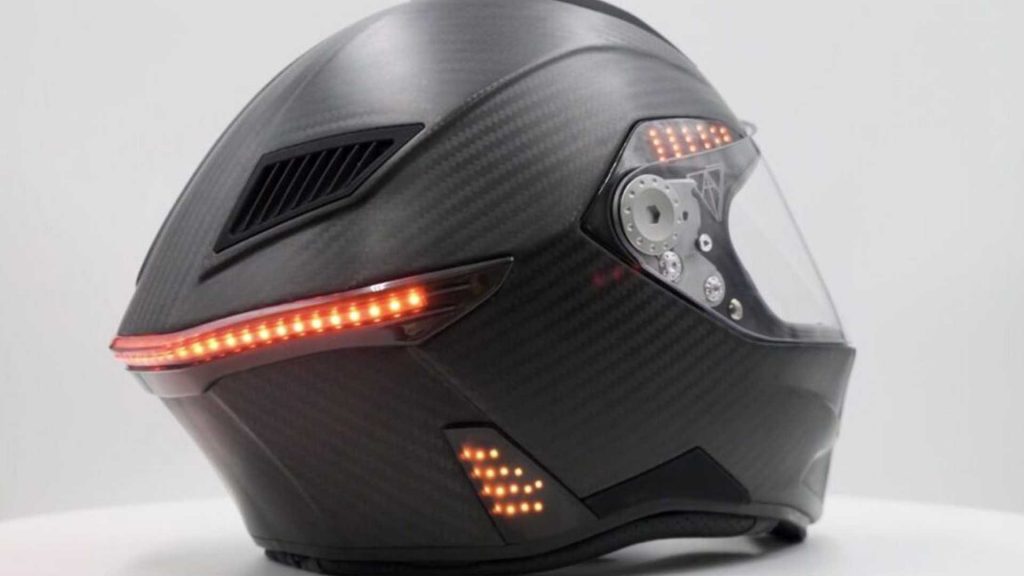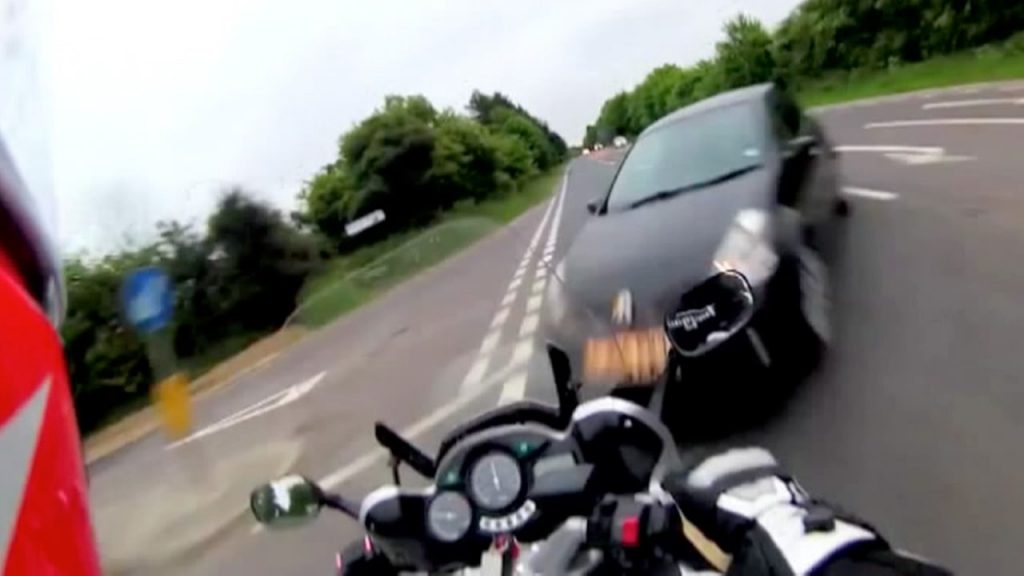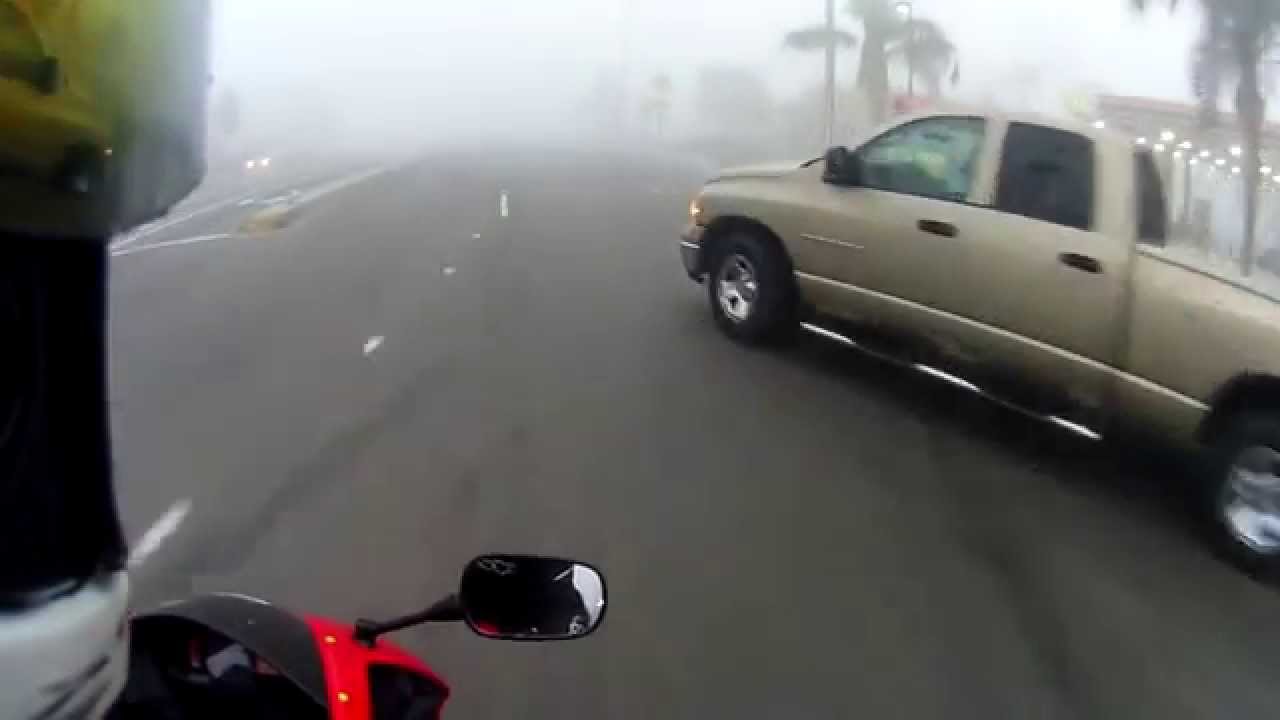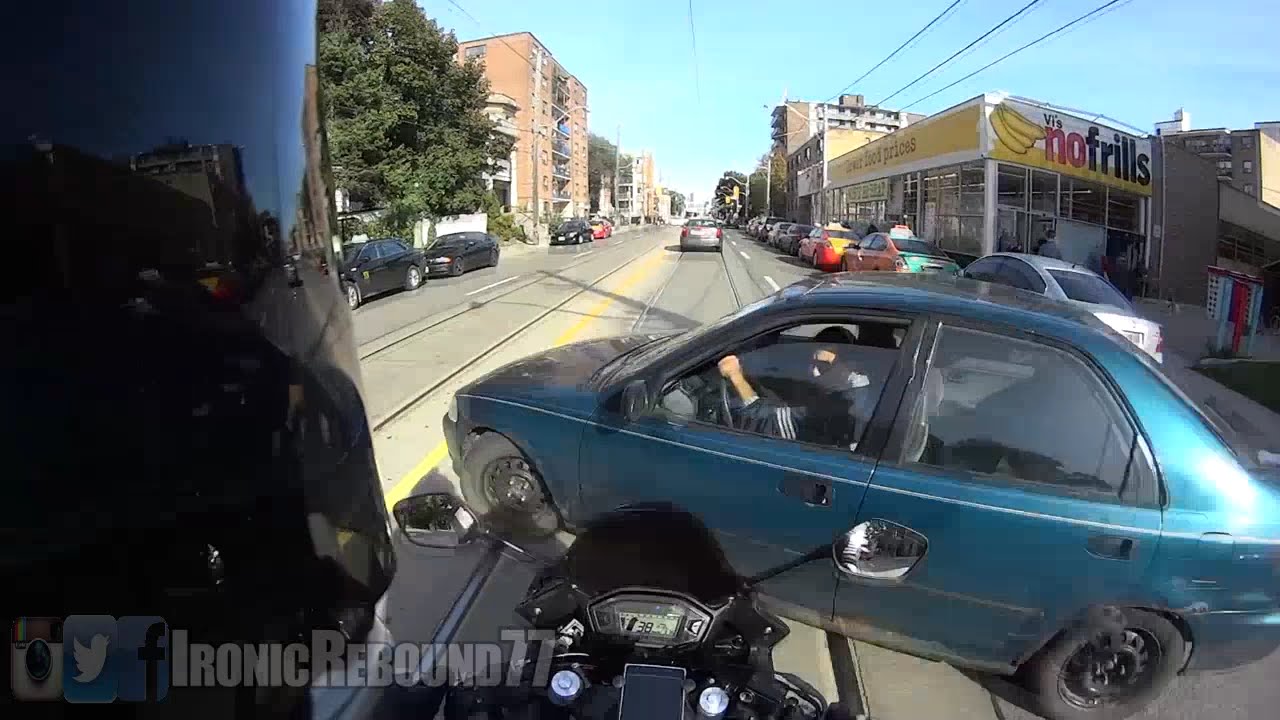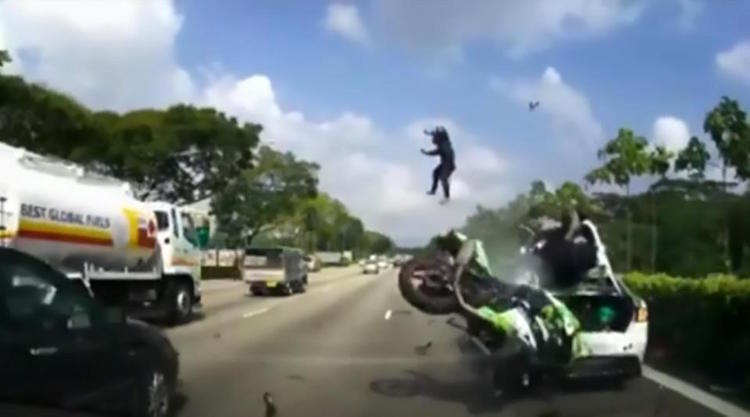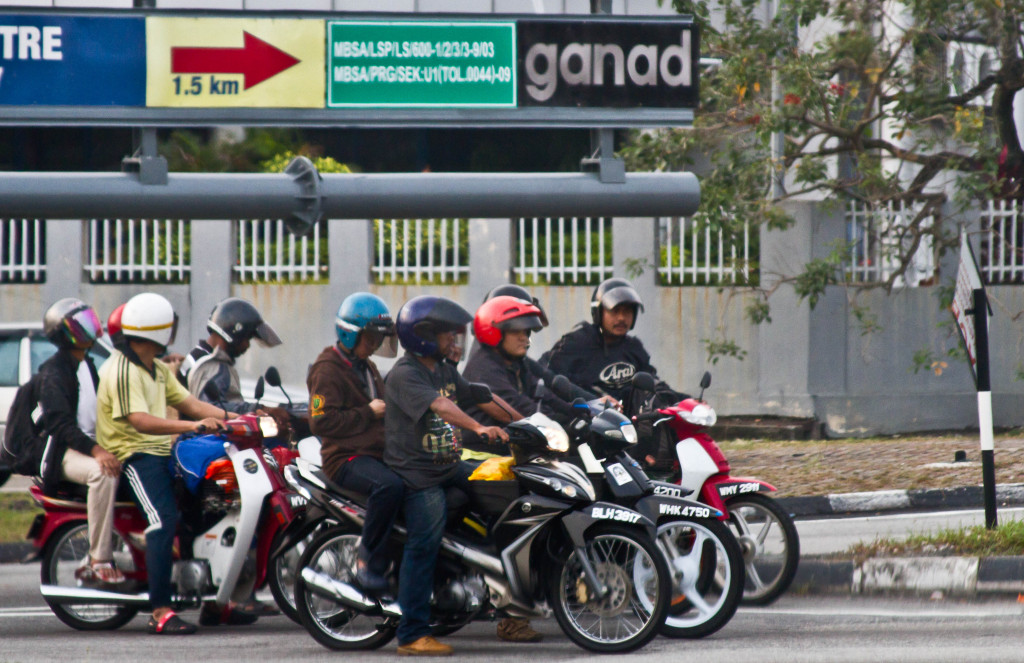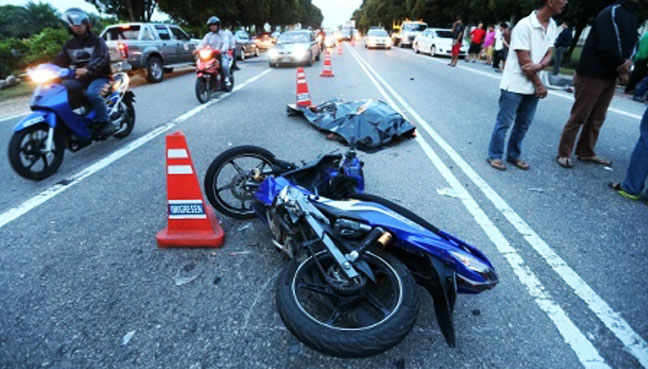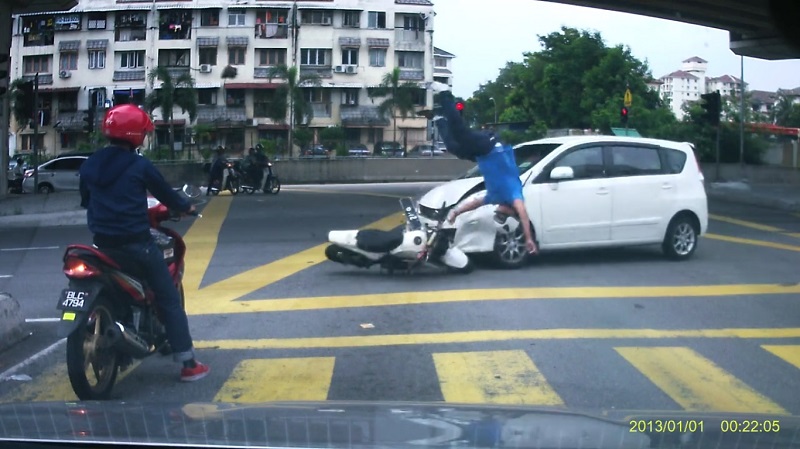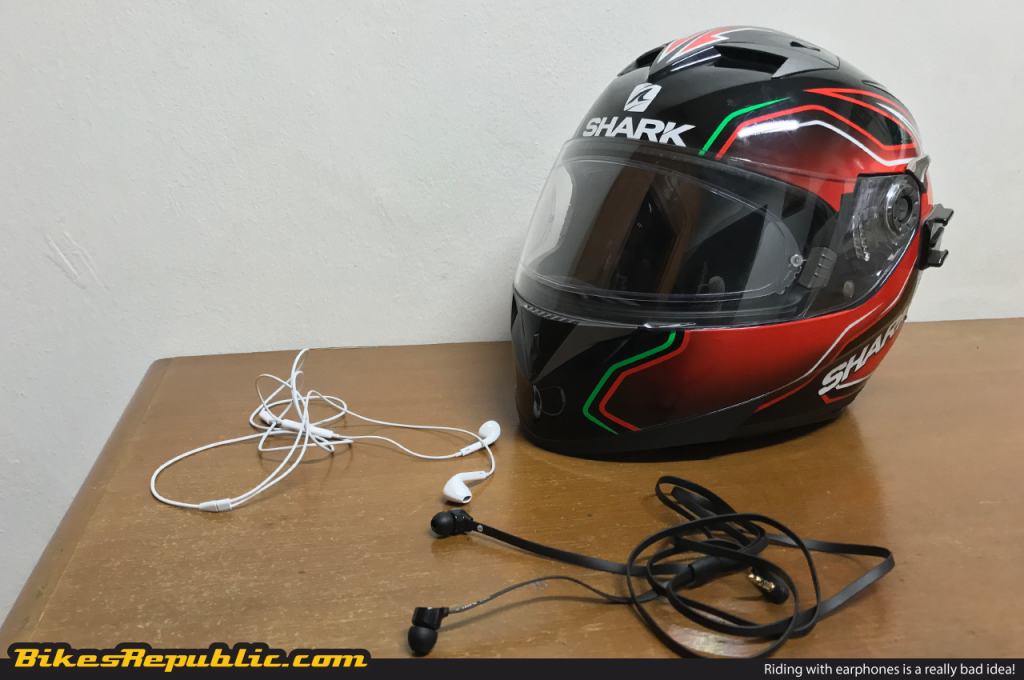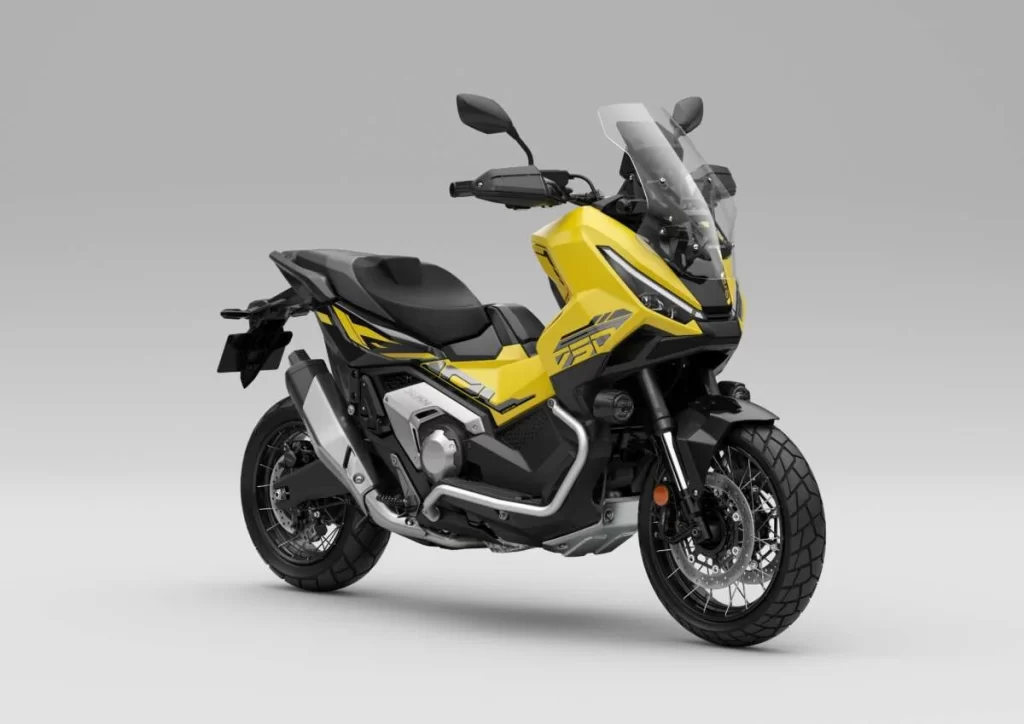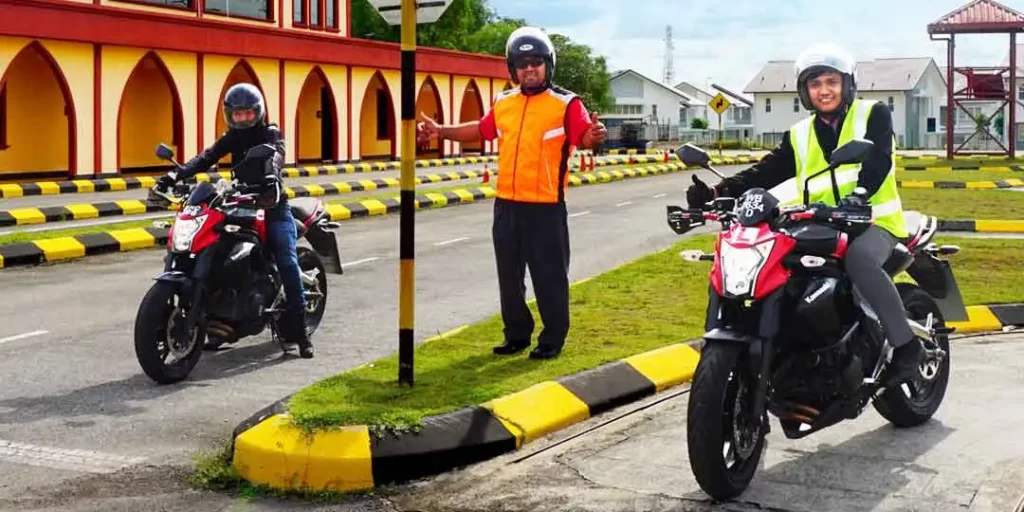Autoliv, a leading automotive safety company, has unveiled its revolutionary motorcycle airbag system, bringing hope for increased rider safety on the roads.
- Autoliv set to introduce on-bike airbags soon.
- the system works similarly to those used in modern cars.
In an exclusive interview with CycleWorld, Atsushi Ishii, Autoliv’s head of technology for mobile safety solutions, shed light on the cutting-edge project and the company’s vision for this life-saving technology.
The system’s components closely resemble those used in modern cars, comprising a crash sensor, detection Electronic Control Unit (ECU), harness, and airbag module. However, adapting these elements to motorcycles presented a unique challenge. Unlike cars with a crash deformation cell to absorb impact, motorcycles lack this feature, demanding exceptionally rapid triggering algorithms for the airbag.
Mounted below the handlebars, the motorcycle airbag utilizes an electrically-triggered chemical reaction to inflate swiftly, resembling the mechanisms found in car airbags. Currently, the focus of Autoliv’s airbag deployment is on scenarios where a car pulls out in front of a motorcycle, a common accident type with significant potential for safety improvements.
Addressing concerns about the limited use-case scenarios, Ishii emphasized that starting with the most common crash cases, even if they only account for 10% of all incidents, is crucial for saving lives.
He compared the evolution of car airbags, which initially were only on the steering wheel but now extend to various areas, providing comprehensive protection. Similarly, Autoliv envisions its motorcycle airbag technology to expand to other accident types like side impacts, lowsides, highsides, and more, eventually encompassing a broad range of crash scenarios.
During a showcase at EICMA, a motorcycle manufacturer questioned the pursuit of this technology, citing its limited applicability. Ishii’s response underscored the significance of saving lives, stating that while it may not cover all accidents, for those riders involved in head-on collisions, the airbag system could be the difference between life and death.
Autoliv’s commitment to rider safety is evident as they embark on this pioneering journey. By starting with scenarios offering the most immediate safety gains and gradually expanding to other crash types, the company aims to enhance motorcycle safety significantly.



